We may earn money or products from the companies mentioned in this post. This means if you click on the link and purchase the item, I will receive a small commission at no extra cost to you ... you're just helping re-supply our family's travel fund.
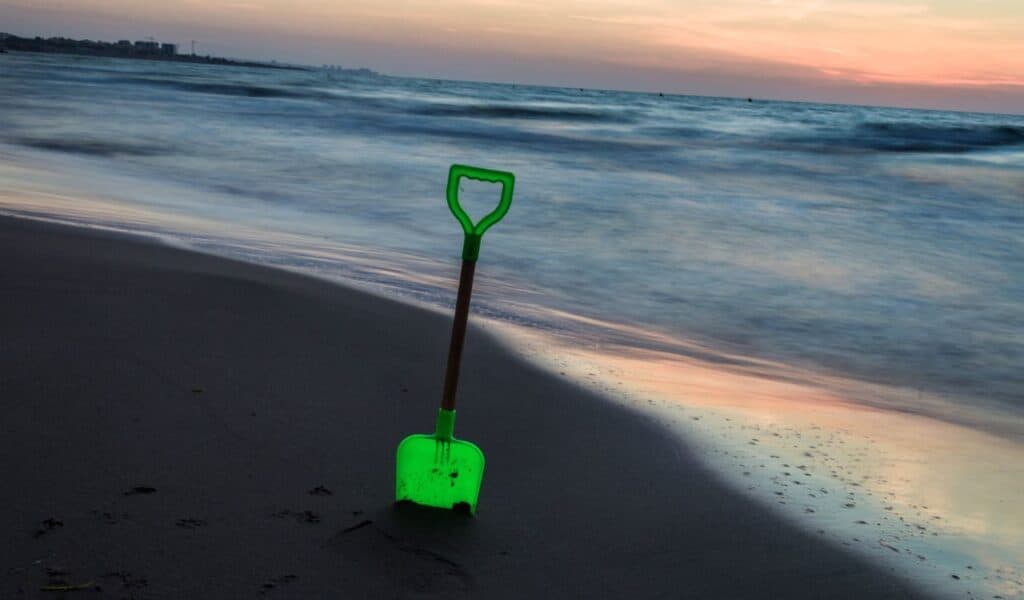
Before slipping a shell into your pocket, know that Florida and Hawaii treat beaches as living systems, not souvenir shops; statewide prohibitions, no take conservation districts, and local live shelling bans exist to curb erosion, protect reefs, and keep wildlife thriving. Rangers even receive boxes of returned sand and coral from remorseful visitors, a reminder that small souvenirs can add up to real losses along fragile coasts.
Sand from the shoreline

In Hawaii, removing sand from the shoreline is broadly prohibited, and those trendy jar collections quietly add up to erosion on already narrowing beaches. Authorities routinely receive mailed back sand with apology notes, a signal that even tiny scoops chip away at a public trust resource. While certain shoreline exceptions exist, they do not apply in MLCDs or parks, where no take rules and posted regulations are strictly enforced.
Dead coral and coral rubble
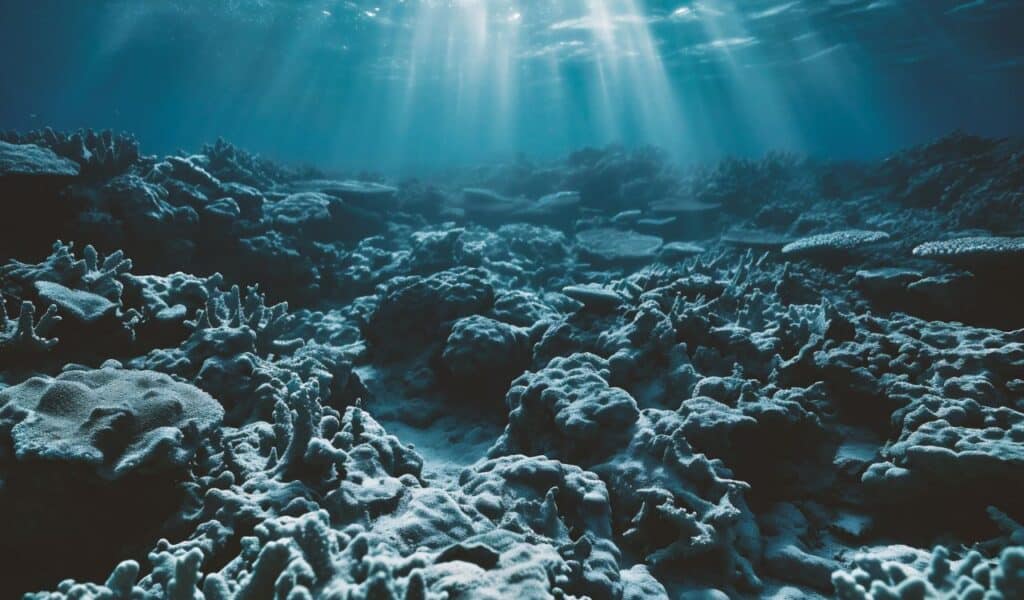
Even when bleached and broken, coral is treated as a protected beach or marine deposit in Hawaii, which means dead fragments and rubble cannot be taken from the shore. Beyond fines, the bigger cost is ecological: coral pieces help nourish beaches and buffer waves in an era of rising seas. Separate protections extend seaward, so scooping just a bit while wading still risks violating no take rules in protected waters.
Live seashells (creatures inside)

Florida welcomes shelling for empty shells, but when there is a living animal inside, hands off. Local rules in places like Sanibel and Lee County prohibit taking live shells, and refuges and parks add their own no take boundaries. Those shells do more than look pretty; they break down into future sand and shelter life that keeps nearshore food webs humming, so the safest approach is to admire and release.
Live sand dollars

Sand dollars are often collected alive by mistake, then bleach dried for décor, which is why Florida’s live shelling rules and local enforcement are so visible in famous shelling spots. Left in place, they stir sediments and recycle nutrients along the sea floor, acting like tiny rototillers of the benthic zone. If you are unsure whether it is alive, the rule of thumb is simple: when in doubt, put it back.
Live sea stars
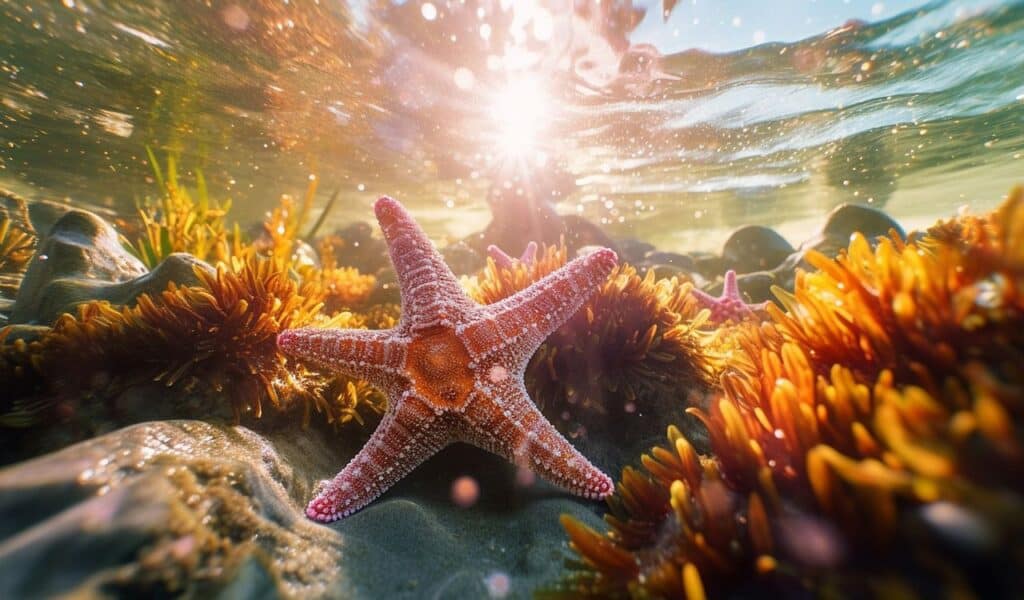
Sea stars suffocate quickly out of water, and photo ops can turn lethal, so Florida’s live shelling restrictions and park rules steer visitors to look, not lift. As keystone predators, they help keep tidepools balanced by checking overabundant grazers. If you spot one clinging to rock or moving tube feet, that is a living animal doing its job. Your best souvenir is the memory, not a keepsake.
Live sea urchins

Urchins trim algae that can smother reefs, yet they are tempting curios for beachcombers. Florida’s live shell prohibitions and refuge protections require leaving them undisturbed, recognizing that a healthy guild of grazers is far cheaper and more effective than reef restoration. Those spines are not just defenses; they are part of a living machine that helps reefs breathe and stay clear.
Live rock and tidepool invertebrates

In Hawaii, live rock is not just stone; it is living real estate for corals, sponges, and limu. Marine Life Conservation Districts and park rules make these no take by default. Removing a single chunk can evict dozens of species from a nursery that took years to build. Possession of tools or devices used to collect or alter features in these zones can also run afoul of protected area regulations.
Lava rocks and volcanic stones
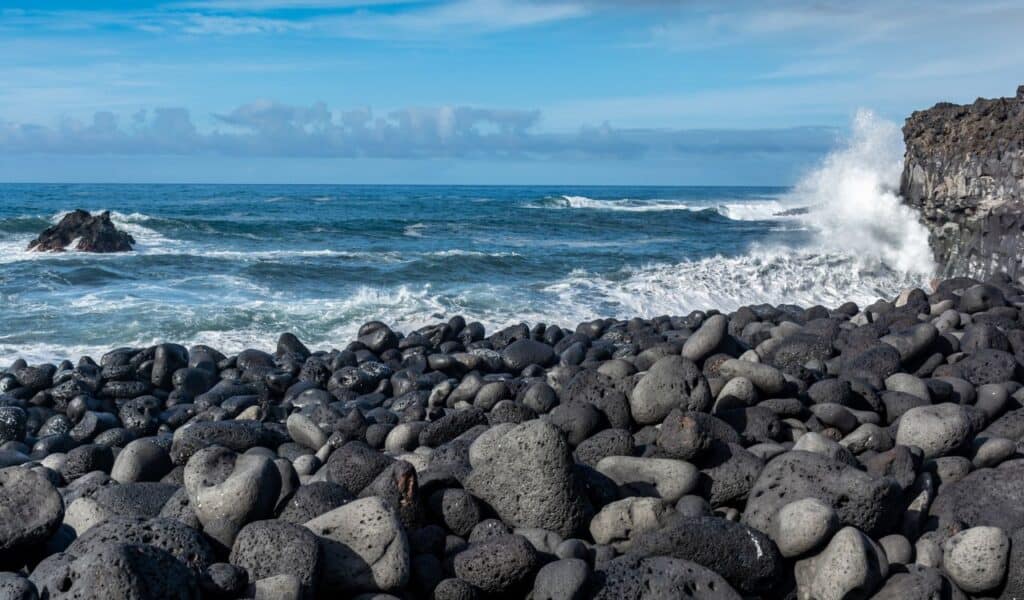
Whether or not you believe in Pele’s Curse, protected sites prohibit pocketing volcanic stones from Hawaii’s parks and conserved shores. Rangers often report visitors mailing rocks back, a cultural and environmental mea culpa for altering storied landscapes. The legal bottom line is straightforward in these areas: geological features are part of the resource, and no take means leave them be.
Pebbles and shoreline stones in protected areas
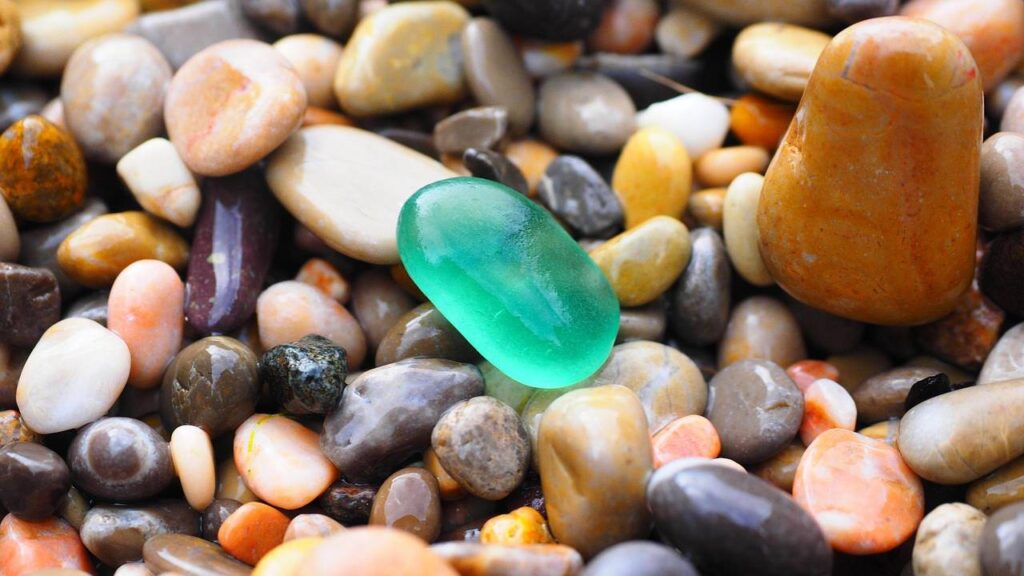
Those smooth, photogenic pebbles are part of nature’s armor that shields coasts from waves. In Hawaii’s MLCDs and protected shorelines, removing geological features, including pebbles and stones, is prohibited because it weakens beaches much like pulling shingles from a roof invites leaks. If the beach is signed no take, enjoy the colors in place and let the shoreline keep its defenses.
Driftwood from protected beaches
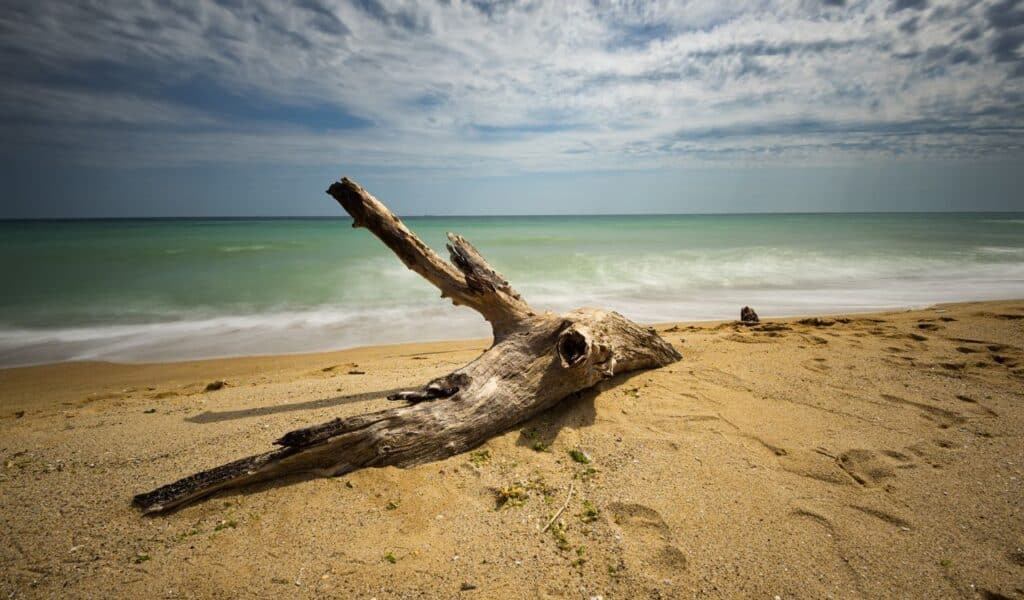
Driftwood traps sand, shelters hatchlings, and feeds dune microbes. While Hawaii’s shoreline law includes driftwood among statewide exceptions, MLCDs and park units frequently prohibit removal under no take rules to keep the shoreline engine running. If you are inside a protected site, treat driftwood like living infrastructure: admire the textures, snap a photo, and leave it in the system.
Beach glass in no take zones

Sea glass may have started as litter, but in many protected Hawaiian sites it is now part of the sediment budget. Statewide shoreline rules list beach glass as an exception, yet in MLCDs and parks, no take designations still apply, making removal off limits where posted. The best practice is to assume look, do not take inside protected areas, even for polished shards that seem harmless.
Shells, sand, and rock from MLCDs
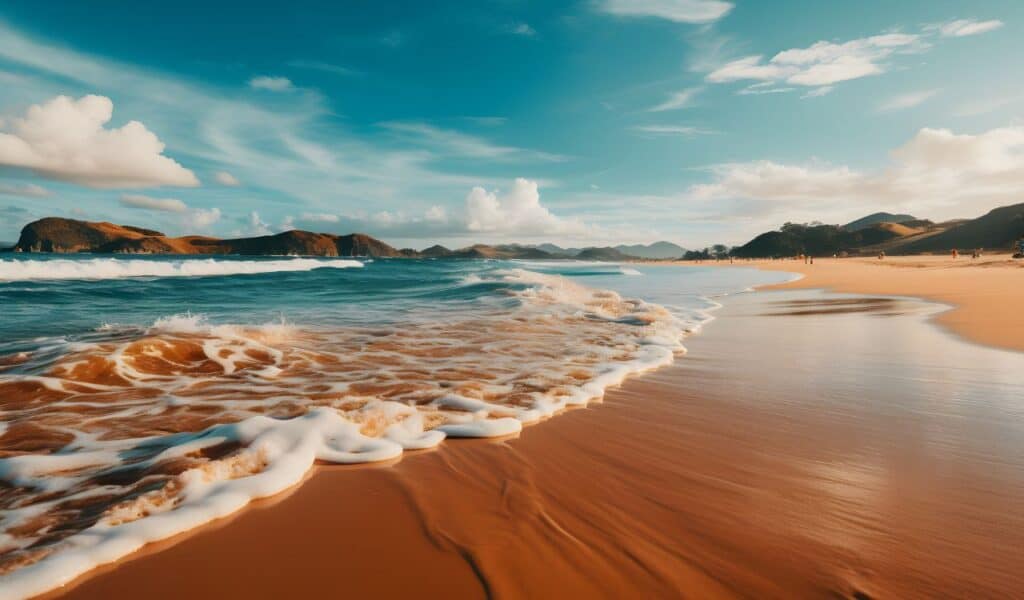
Hawaii’s Marine Life Conservation Districts, like Molokini Shoal, are underwater preserves with a simple rule: look, do not take. In these zones, removing shells, sand, rocks, limu, or other geological features is prohibited, and using gear that alters or collects is also restricted. These areas function as refuges for recovery and research, so what stays put today supports healthier reefs tomorrow.
Cultural and historical artifacts

From shipwreck brass to cultural objects, artifacts on protected shores are off limits. Florida refuges and Hawaii parks treat them as public heritage in place, preserving stories the coastline has held for generations. Even a small find can be legally significant, so report discoveries to site staff and leave them undisturbed. The best way to take them home is through photos and shared history.
Native plants, limu (algae), and dune vegetation
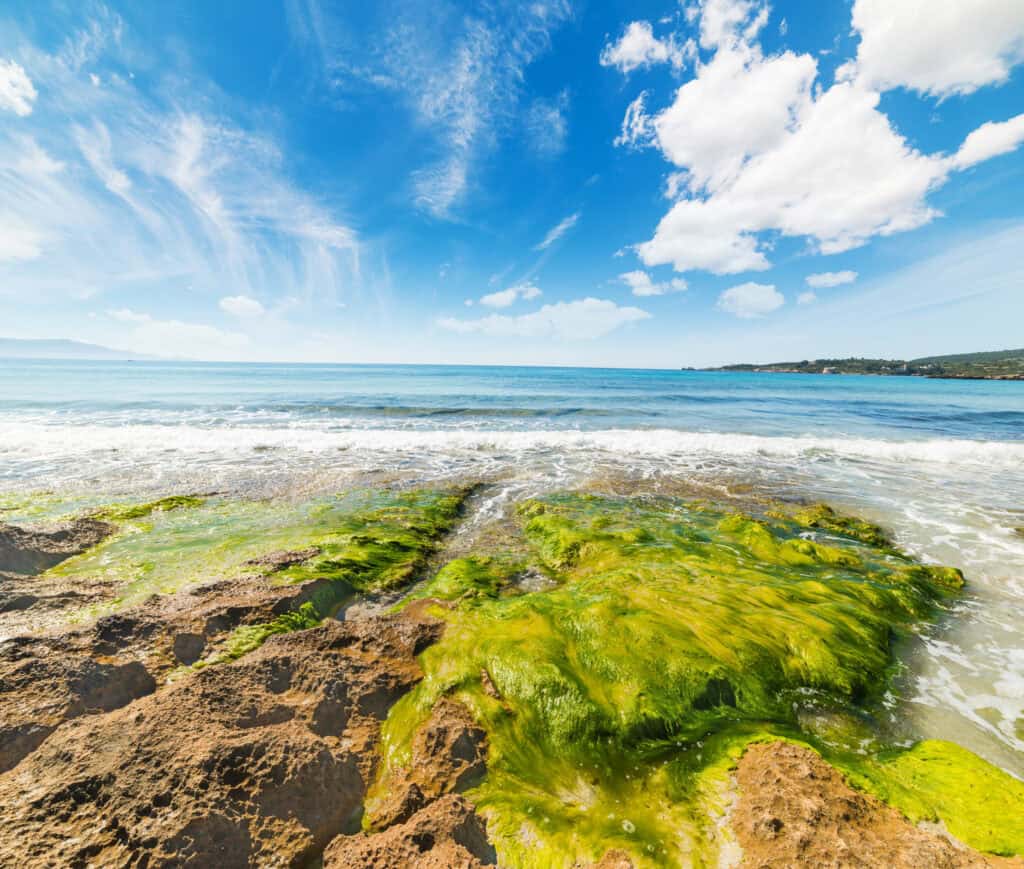
Coastal plants and limu stitch dunes together and anchor food webs, so Hawaii’s rules and protected area policies prohibit removal in MLCDs and parks. Pulling a sprig may feel harmless, but multiplied by crowds it frays the fabric that holds beaches in place. If you want to help, stick to paths, skip the cuttings, and let living cover do its quiet, essential work along the shore.